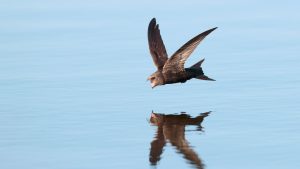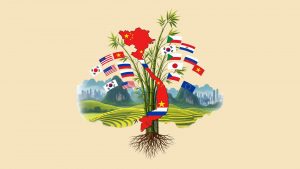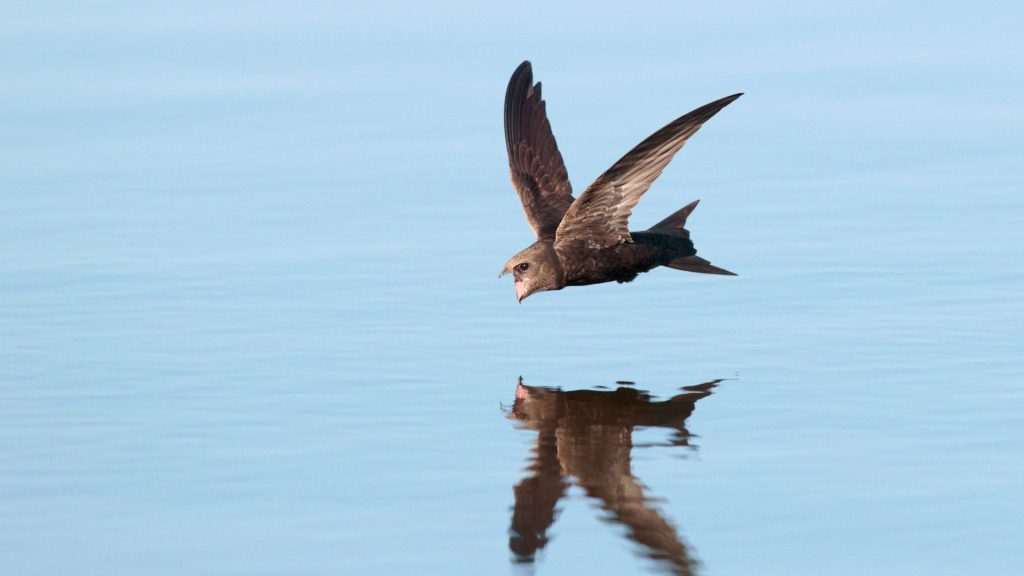The twenty-first century has witnessed growing calls for independence referendums in regions with distinct national identities. Such movements are often consequences of remerged historical disputes, leading to political turbulence, including conflict between Ukraine and Russia, as well as bureaucratic tension between Spain and Catalonia. In this sense, this article examines recent independence movements in Taiwan and Scotland, including origins, motivations and developments, alongside political strategies used by proponents and government responses.
The Taiwan Independence Movement (TIM) seeks to establish a nation separate from the People’s Republic of China (PRC)1. Despite holding de facto independence, Taiwan has historically held close ties with the mainland since the Qing Dynasty, following the defeat of Dutch colonists in 1662. In this sense, the CCP and KMT both claim Taiwan has been part of China since ancient times, with separation only first beginning with the immigration of Chinese people from Fujian province to the island around the 1660s2. However, with the nation overcoming more than a century’s worth of violent political transformation, including Japanese colonial rule, civil war and KMT martial law, independence proponents believe the nation possesses a set of values distinct from the PRC, whilst Mao’s communist ideology and traumatic Cultural Revolution between 1966 and 1976 furthered this divide. As a result, Taiwanese intellectuals, according to Sinologist Sabina Knight, viewed themselves as the ‘guardians’ of traditional culture, following the communist takeover of the mainland, taking with them collections of historical Chinese artefacts that find themselves within Taiwanese museums today3. The idea of independence emerged in the 1920s but gained momentum with the 1947 “February 28th Incident” and Chiang Kai-shek’s subsequent implementation of martial law. The Democratic Progressive Party (DPP), formed in 1987 following the democratic transition after 40 years of authoritarianism, included Taiwanese independence within its 1991 manifesto, but took a moderate stance towards the issue, viewing the nation as an already de facto independent state.
Scotland’s history of independence extends over centuries, having founded an independent kingdom during the Middle Ages, fighting Wars of Independence against England between the 13th and 14th centuries, later uniting through a personal crown under James VI and I in 1603, and fully uniting under the Act of Union in 1707, creating the Kingdom of Great Britain, later the United Kingdom. The Scottish National Party (SNP), established in 1934, has been a driving force for independence since the mid-1960s, posing a threat to unionists, with the 1970’s “It’s Scotland’s Oil” movement arguing economic success at that time with the boom of North Sea oil and gas could have led to greater prosperity as an independent nation.
The Scottish Government highlights several cases for independence. The first argues Scotland can gain autonomy over fiscal policy, setting minimum wages and the implementation of a new Scottish pound. Their promise of lower energy prices would come to fruition through greener resources, with renewable electricity such as Hydrogen predicted to support up to 300,000 new jobs4. The second case involves re-joining the European Union following the UK’s withdrawal in 2020, arguing this be wholly representative of Scottish wishes, as the majority of the electorate (62%) chose to remain in the 2016 referendum, having only left due to the wishes of English voters. This move, if successful, intends to revitalise previously weakened international trade and therefore improve the nation’s economic standing on a global sphere.
Scotland currently holds its own parliament, elected assembly, and devolved powers including healthcare and education. It, however, remains underrepresented in areas reserved for Westminster such as immigration and defence. The SNP believes continued ruling by Westminster presents disadvantages for Scotland, an example being the recent enforcement of stricter visa regulations for overseas workers coming to the UK. Considering non-UK-born workers made up 14.3% of the economically active population within Scotland in 2022, this leads to greater pressures on NHS Scotland in terms of a lowered workforce capacity, impacting higher education and discouraging international academics from coming to Scotland to live, work and settle down5. This trend may provoke future population decline, harming Scotland’s future, considering it had only a population of 5.4 million as of 20226. The UK government, on the other hand, argues that independence would damage both Scotland and the rest of the UK. They highlight the drastic size contrast between the two regions, argued to be ten times the size of Scotland, and suggesting a future where Holyrood must be bailed out by UK taxpayers, even in a scenario involving a currency union instead of a new Scottish pound7.
Advocacy for independence in both regions involves mass rallies. A 2018 demonstration in Taipei, organised by Formosa Alliance amassed over 100,000 participants, opposing “Beijing’s increasing hostility towards the island”, calling for an independence referendum and the renaming of the nation from the ROC to Taiwan to avoid worldwide confusion with the PRC8. Further reference to Mainland hegemony was made by Presidential Office Advisor Wu Li-Pei, who urged people “not to let Taiwan become ‘another Hong Kong’”. The outcome was, however, limited, as the view of the President at the time, Tsai Ying-Wen was to maintain the “status quo” with Mainland China to prevent extended political tension9.
On the other hand, the Scottish people have already held an independence referendum on September 18, 2014, with the vast majority, 55%, voting to remain in the UK10. Calls for a second referendum, however, popularly known as “indyref2”, remain ongoing but, face continued resistance from Westminster, with the referendum described as a “once in a generation, perhaps even a once in a lifetime opportunity”11. As a result, protests within Scotland have occurred post-Brexit, highlighting Scottish grievances with the Westminster government, and demonstrating contrasting values between the two regions. Recent examples include 2023 EU referendum demonstrations outside Edinburgh Castle, with protestors proclaiming that “the Yes movement can help correct the ‘damages’ of Brexit”, and 2024 Glasgow protests coinciding with Pro-Palestine rallies, the crowds of which were addressed by the late former First Minister, Alex Salmond12. The turnout of these protests however was only in the hundreds, which in comparison to their Taiwanese equivalents demonstrates waning support for independence within Scotland, making limited impact on the decision making of Holyrood and Westminster.
The two movements discuss identity, governance, and historical ties, but the natures of the two nations unveil their key differences. Despite recognition as an ‘Asian Tiger’, Taiwanese independence fundamentally wishes to escape mainland clutches, challenging the ‘One China’ policy maintained by the mainland. The mainland’s threat to Taiwanese democracy is demonstrated through the recent New Year’s Speech broadcast across the PRC, President Xi himself stating “No one can sever our blood ties, and no one can stop the historical trend of the reunification of the motherland”13. Taiwan has become a talking point in East Asian geopolitics, the movement heightening Taiwanese-unique history and culture, outside of Chinese or Han ethnicity. On the other hand, the Scottish approach to independence involves less political conflict, instead revolving around what appears to be endless bureaucracy, following centuries of diplomacy, and only recently gaining more traction and debate following the last decade of UK political affairs.
- Fu-Chang Wang, “Taiwan Independence Movement” (Academia Sinica, Taiwan, January 2013), 1. ↩︎
- Young-tsu Wong, China’s Conquest of Taiwan in the Seventeenth Century: Victory at Full Moon (Springer, 2017), 106. ↩︎
- Sabina Knight, Chinese Literature: A Very Short Introduction (New York and Oxford: Oxford University Press, 2012), 102. ↩︎
- Scottish Government, “Building a New Scotland: A stronger economy with independence – summary”, October 17, 2022, https://www.gov.scot/publications/building-new-scotland-stronger-economy-independence-summary/ ↩︎
- Rebecca Kay and Hannah Randolph, “The potential impact of recent UK immigration policy announcements in Scotland”, March 2024, https://fraserofallander.org/wp-content/uploads/2024/03/2024-03-Immigration-policy-paper.pdf ↩︎
- Office for National Statistics, “Population estimates for the UK, England, Wales, Scotland and Northern Ireland: mid-2023”, October 8, 2024, https://www.ons.gov.uk/peoplepopulationandcommunity/populationandmigration/populationestimates/bulletins/annualmidyearpopulationestimates/mid2023 ↩︎
- GOV.UK, “Scottish independence: 5 reasons a currency union wouldn’t work”,
May 12, 2014, https://www.gov.uk/government/news/scottish-independence-5-reasons-a-currency-union-wouldnt-work ↩︎ - William Yang, “Thousands rally for Taiwan independence”, DW, October 20, 2018, https://www.dw.com/en/taiwans-independence-rally-draws-thousands-irks-china/a-45959548 ↩︎
- Ibid. ↩︎
- Institute for Government, “Scottish independence: How could a second referendum on Scottish independence happen?”, September 18, 2014, https://www.instituteforgovernment.org.uk/explainer/scottish-independence ↩︎
- Philip Sim, “Indyref2: What does ‘once in a generation’ mean?”, BBC, January 16, 2020, https://www.bbc.com/news/uk-scotland-scotland-politics-51120175 ↩︎
- BBC, “Hundreds take part in march for Scottish independence”, May 4 2024, https://www.bbc.co.uk/news/articles/c4n1qv33lzko ↩︎
- China News Agency, “Xi Jinping: Compatriots on both sides of the Taiwan Strait are one family. No one can cut off our blood ties”, January 2, 2025, https://www.china-news-online.com/lang/Canada/4005358.html ↩︎
Alistair is a Modern Languages student at the University of St Andrews with a passion for East-Asian affairs and the concept of the Sinosphere.
- This author does not have any more posts.







